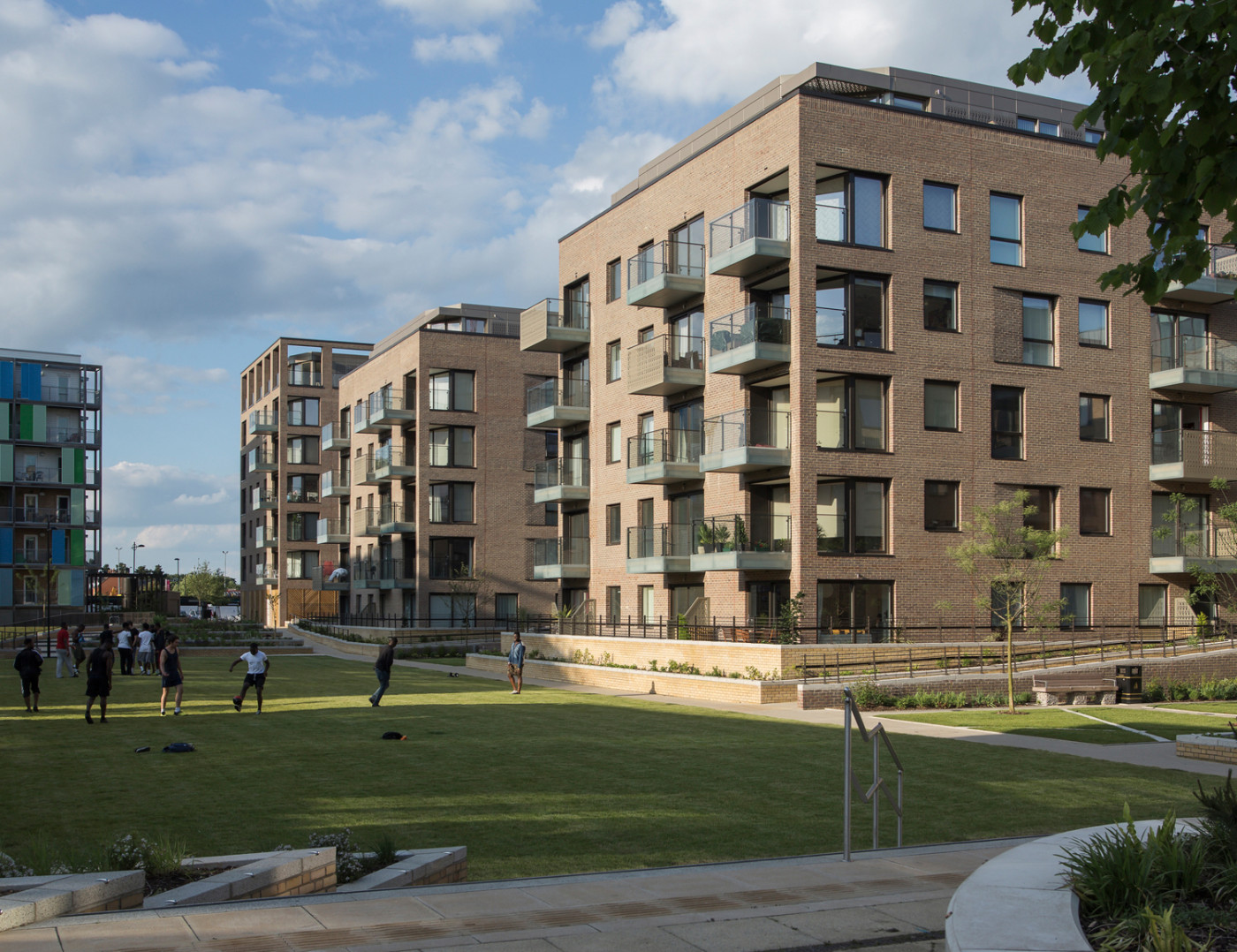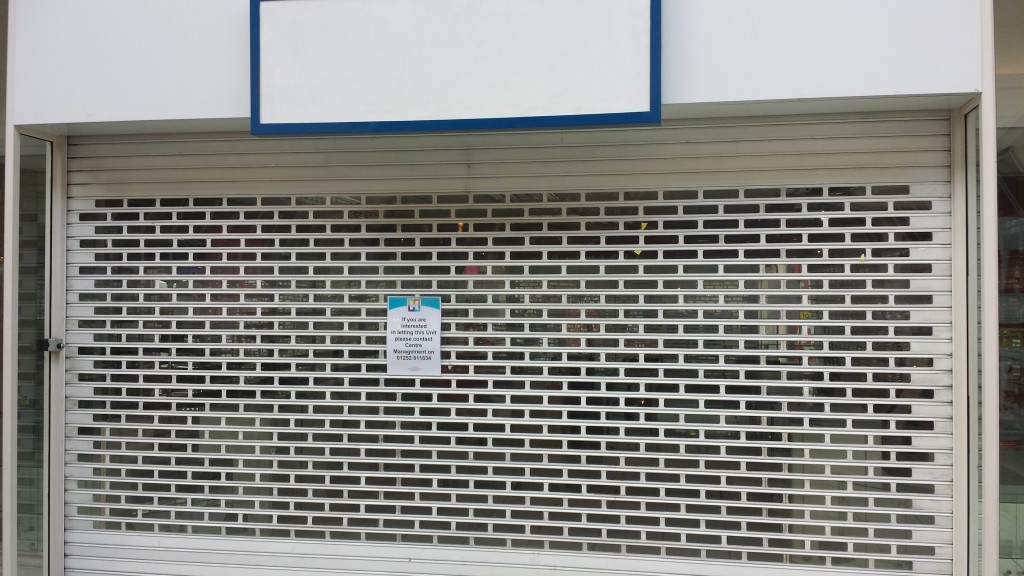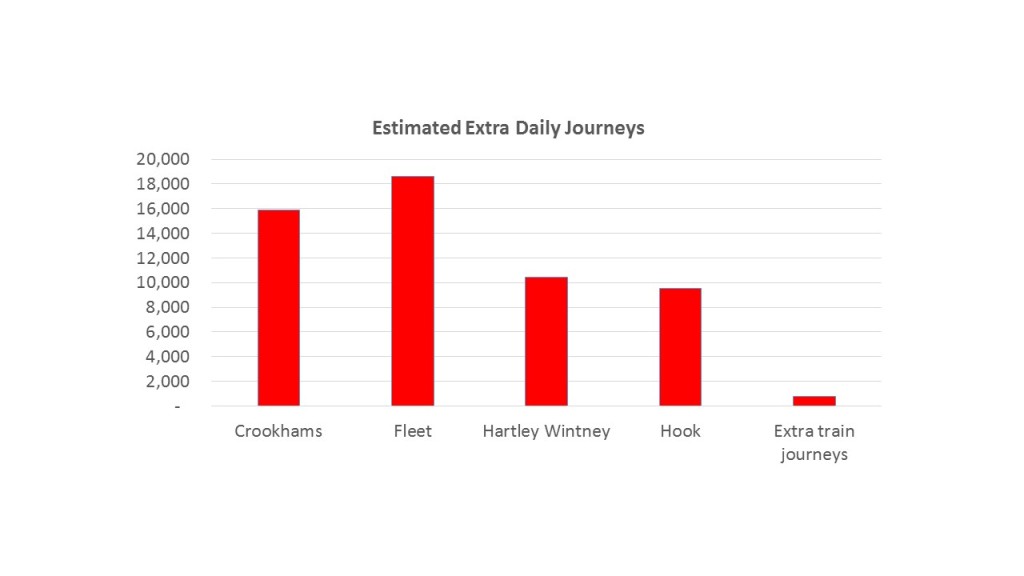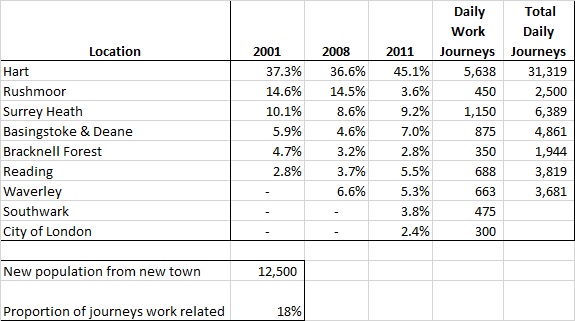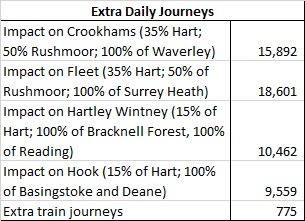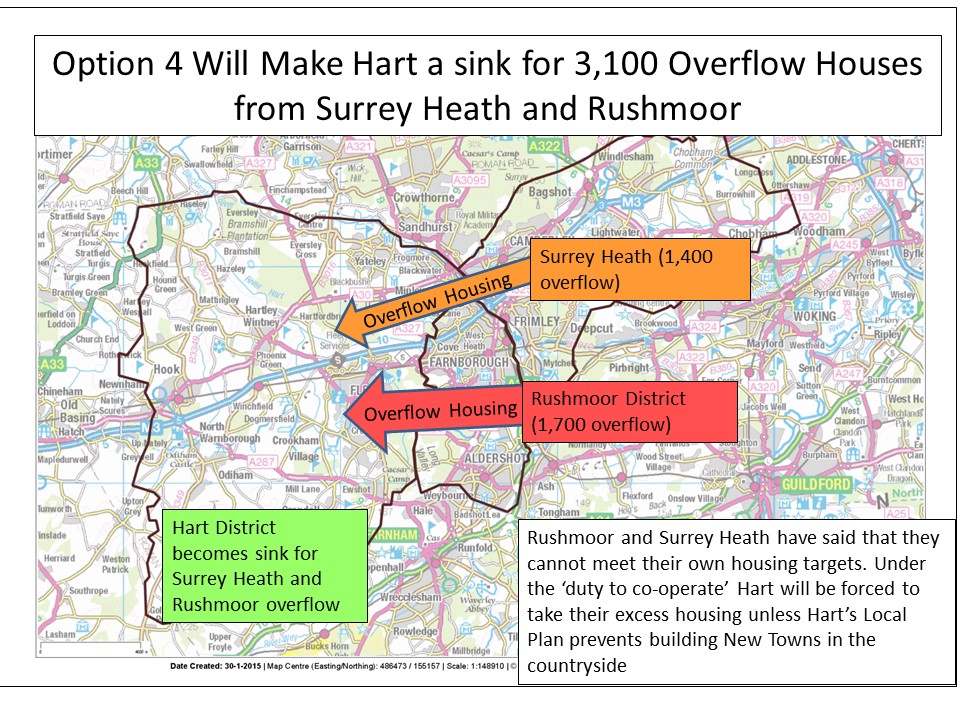If we used our brownfield land better we could meet our existing housing needs and more without concreting over our green fields. A study by trainee architect, Gareth Price shows that Rushmoor Borough Council is not making the most of its brownfield sites, and if it showed more vision, it could meet its own housing needs and those of Hart District using brownfield sites only.
If you would like to add to the pressure to Hart to change tack and take brownfield more seriously, then please sign our petition.
Typically, suburban developers and councils use a metric of around 30 dwelling per hectare (dph) as a rule of thumb for how many houses can be fit on to any particular space. However, a study of London has shown that in central areas, densities of between 160-405 dph can be achieved and deliver viable, vibrant social communities with amenity space incorporated into the design.
This study has been used by Gareth Price, a final year architecture student, to propose an alternative set of schemes for Rushmoor (see download below). His work shows that it is entirely possible for Rushmoor to not only build their own housing need, but could also take all of Hart’s requirement and more.
Of course, these concepts could equally be applied to Hart. Bravehart has already found loads of brownfield sites that don’t even appear on the land database of Hart council. These include derelict buildings in the heart of Fleet and Hook.
Not only that, we know that Fleet town centre is dying with many vacant shops in the shopping centre and on the High Street. Surely the best way to rejuvenate our town centres is to build vibrant communities at their heart, rather than concreting over the countryside on their outskirts. Using the same metrics, it is probable, that all of Hart’s housing need could be met by using brownfield sites.
Another advantage of the types of schemes that Gareth proposes is that on average, the dwellings are likely to be smaller and so more affordable for our young people. We could also build mixed use developments with some schemes dedicated to specialist homes for older people.
Surely it is time we ask our councillors in Rushmoor Borough Council, Surrey Heath Borough Council and Hart District to break from the past, think out of the box, get more creative and take brownfield much more seriously instead of proposing endless urban sprawl across our countryside.
